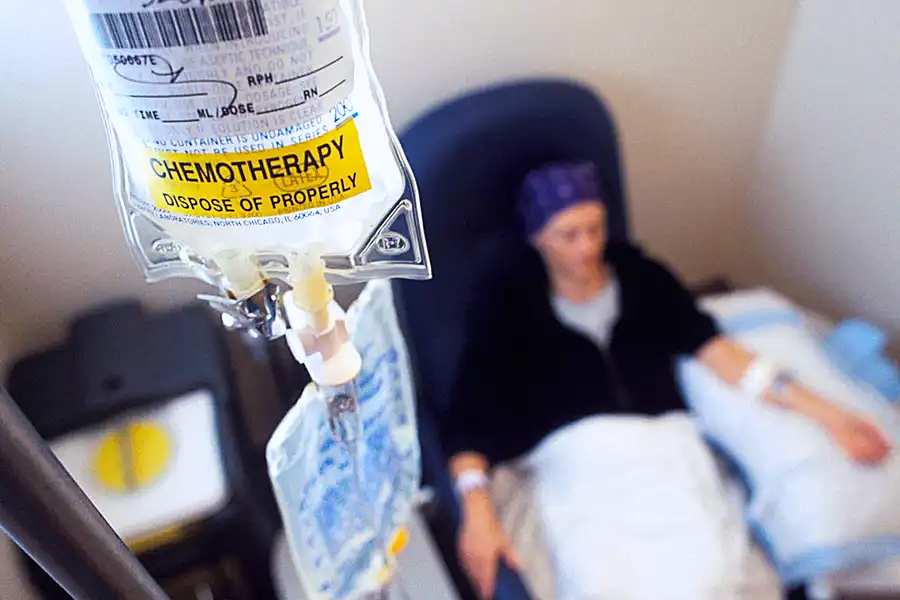Tue 12 November 2024:
Australian research has forecast that the number of worldwide annual cancer deaths will almost double by 2050, according to a study published oan Wednesday.
The study projected that 18.5 million people will die globally from cancer in 2050, an increase of 89.7 percent from 9.7 million in 2022.
Led by Habtamu Bizuayehu from the University of Queensland (UQ), researchers analyzed cases and death rates for 36 types of cancer in 185 countries and projected future cases and deaths by applying the rates to 2050 United Nations (UN) population predictions.
They found that the total number of cancer cases worldwide is expected to grow by 76.6 percent from 20 million in 2022 to 35.3 million in 2050.
Cancer cases and deaths are projected to nearly triple by 2050 in countries with low rankings on the UN’s Human Development Index (HDI), the study said, compared to moderate increases in very-high-HDI countries.
Lung cancer is projected to remain the leading cause of cancer death in 2050, accounting for an estimated 19.2 percent of all cancer deaths globally, up from 18.7 percent in 2022.
The research projected that the number of cancer cases and deaths will increase slightly more for males than for females between 2022 and 2050.
10 million lives each year
Cancer remains one of the leading causes of death globally, claiming nearly 10 million lives each year. The most common cancer-related deaths are due to lung, colorectal, liver, stomach, and breast cancers. Lung cancer alone accounts for about 1.8 million deaths per year, followed by colorectal and liver cancers. As populations grow and age, the global cancer burden is expected to increase, especially in low- and middle-income countries where nearly 70% of cancer deaths occur.
Several factors contribute to high cancer mortality rates. These include lifestyle factors like tobacco use, which is linked to about 22% of cancer deaths, poor diet, physical inactivity, and alcohol consumption. Infections like HPV and hepatitis are also significant contributors, especially in developing countries. Limited access to early screening and advanced treatment options in many parts of the world means cancers are often detected at later stages, making treatment less effective.
Global efforts aim to reduce cancer mortality through prevention, early detection, and improved treatment. Initiatives like the WHO’s Global Action Plan for Noncommunicable Diseases emphasize tobacco control, HPV vaccination, and accessible screening programs. Additionally, advances in immunotherapy, precision medicine, and early diagnostic tools offer hope for reducing deaths. However, significant disparities in healthcare access mean that tackling global cancer deaths requires not only medical advancements but also greater equity in healthcare access worldwide.
SOURCE: INDEPENDENT PRESS AND NEWS AGENCIES
__________________________________________________________________________

https://whatsapp.com/channel/0029VaAtNxX8fewmiFmN7N22
__________________________________________________________________________
FOLLOW INDEPENDENT PRESS:
WhatsApp CHANNEL
https://whatsapp.com/channel/0029VaAtNxX8fewmiFmN7N22
![]()
TWITTER (CLICK HERE)
https://twitter.com/IpIndependent
FACEBOOK (CLICK HERE)
https://web.facebook.com/ipindependent
YOUTUBE (CLICK HERE)
https://www.youtube.com/@ipindependent
Think your friends would be interested? Share this story!





